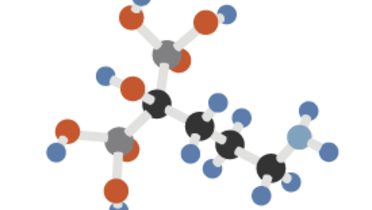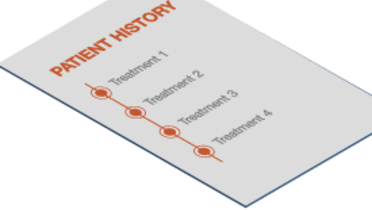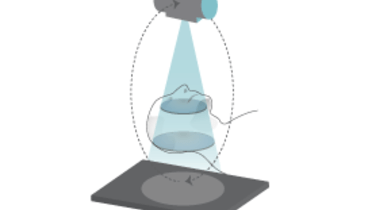-
0
Patient Assessment
- 0.1 Patient demand
- 0.2 Overarching considerations
- 0.3 Local history
- 0.4 Anatomical location
- 0.5 General patient history
-
0.6
Risk assessment & special high risk categories
- 5.1 Risk assessment & special high risk categories
- 5.2 age
- 5.3 Compliance
- 5.4 Smoking
- 5.5 Drug abuse
- 5.6 Recreational drugs and alcohol abuse
- 5.7 Parafunctions
- 5.8 Diabetes
- 5.9 Osteoporosis
- 5.10 Coagulation disorders and anticoagulant therapy
- 5.11 Steroids
- 5.12 Bisphosphonates
- 5.13 BRONJ / ARONJ
- 5.14 Radiotherapy
- 5.15 Risk factors
-
1
Diagnostics
-
1.1
Clinical Assessment
- 0.1 Lip line
- 0.2 Mouth opening
- 0.3 Vertical dimension
- 0.4 Maxillo-mandibular relationship
- 0.5 TMD
- 0.6 Existing prosthesis
- 0.7 Muco-gingival junction
- 0.8 Hyposalivation and Xerostomia
- 1.2 Clinical findings
-
1.3
Clinical diagnostic assessments
- 2.1 Microbiology
- 2.2 Salivary output
-
1.4
Diagnostic imaging
- 3.1 Imaging overview
- 3.2 Intraoral radiographs
- 3.3 Panoramic
- 3.4 CBCT
- 3.5 CT
- 1.5 Diagnostic prosthodontic guides
-
1.1
Clinical Assessment
-
2
Treatment Options
- 2.1 Mucosally-supported
-
2.2
Implant-retained/supported, general
- 1.1 Prosthodontic options overview
- 1.2 Number of implants maxilla and mandible
- 1.3 Time to function
- 1.4 Submerged or non-submerged
- 1.5 Soft tissue management
- 1.6 Hard tissue management, mandible
- 1.7 Hard tissue management, maxilla
- 1.8 Need for grafting
- 1.9 Healed vs fresh extraction socket
- 1.10 Digital treatment planning protocols
- 2.3 Implant prosthetics - removable
-
2.4
Implant prosthetics - fixed
- 2.5 Comprehensive treatment concepts
-
3
Treatment Procedures
-
3.1
Surgical
-
3.2
Removable prosthetics
-
3.3
Fixed prosthetics
-
3.1
Surgical
- 4 Aftercare
Steroids
Key points
- Most steroid drugs are glucocorticoids to regulate metabolic and immune functions
- Increased production or long-term medication with steroids can lead to osteoporotic symptoms
- There is no evidence of an association between steroid treatment and implant treatment success
Steroids
A steroid is an organic compound and a type of lipid substance. Steroids play a critical role in metabolism, for example, as the dietary fat Cholesterol, as bile acids or as steroid hormones (e.g. Cortisone/Glucocorticoids, Estrogens, Testosterone). The more complex steroids (like steroid hormones or bile acid) are synthesized from Cholesterol. Steroids are also part of some vitamins (e.g. Vitamin D) and poisons (e.g. Digitalis).
General medical implications
Steroid insufficiency is due to a lack or malfunction of the relevant enzymes consequent to genetic disorders or adrenal gland pathology. The cortex of these glands produce corticosteroids. Their insufficiency can lead to critical metabolic and hormonal malfunctions. Many elderly (female) patients present a lack of sex steroid hormones and related symptoms (osteoporosis), when untreated. Most medical steroid drugs are corticosteroids (glucocorticoids/cortisone or mineralocorticoids/aldosterone).
Increased production or long-term medication with cortisone may lead to osteoporosis (due to reduced intestinal calcium absorption) and to diabetes (see respective chapters). Steroid drugs (such as prednisone, prednisolone) are administered in case of lack of steroids, various immune and inflammatory diseases (eczema, neurodermitis, lichen planus, rheumatic diseases, psoriasis), chronic intestinal diseases (Crohn's disease, ulcerative colitis), asthma and as adjunct medication such as after organ transplantation and chemotherapy.
A thorough anamnesis/medical history will identify the need to consult an internist / family doctor before initiating treatment.
Implications for implant treatment
Patients undergoing long-term steroid therapy are likely to develop symptoms of osteoporosis. There is no evidence for an impact of osteoporosis on oral implant survival. Consider influence on treatment with bisphosphonates in osteoporotic patients.
In treatment planning consider thorough evaluation of bone quality and density with available technology (see chapter on clinical assessment / imaging tools). Be prepared to re-assess and re-evaluate bone density during clinical procedures. Adapt clinical protocols adequately; consider specific (undersized) drill protocols and appropriate implant selection for soft bone.
Prolonged steroid intake is associated with an increased incidence of infections. Association with anti-inflammatory painkillers (such as Ibuprofen) increases the risk of a stomach or duodenal ulcer.
When extensive surgery is needed, steroid treatment may be necessary in patients suffering from Addisson disease to reduce the risk of adrenal crisis. The latter is caused by lack of cortisol due to stress.





